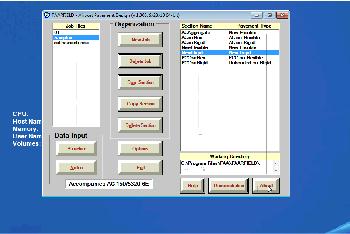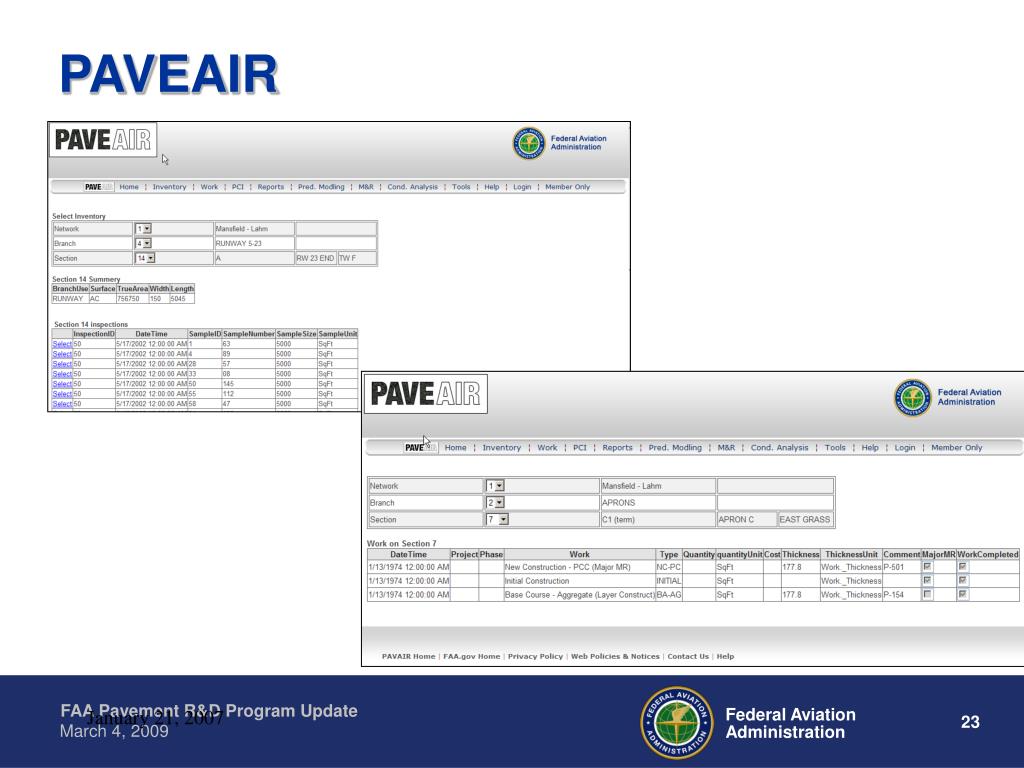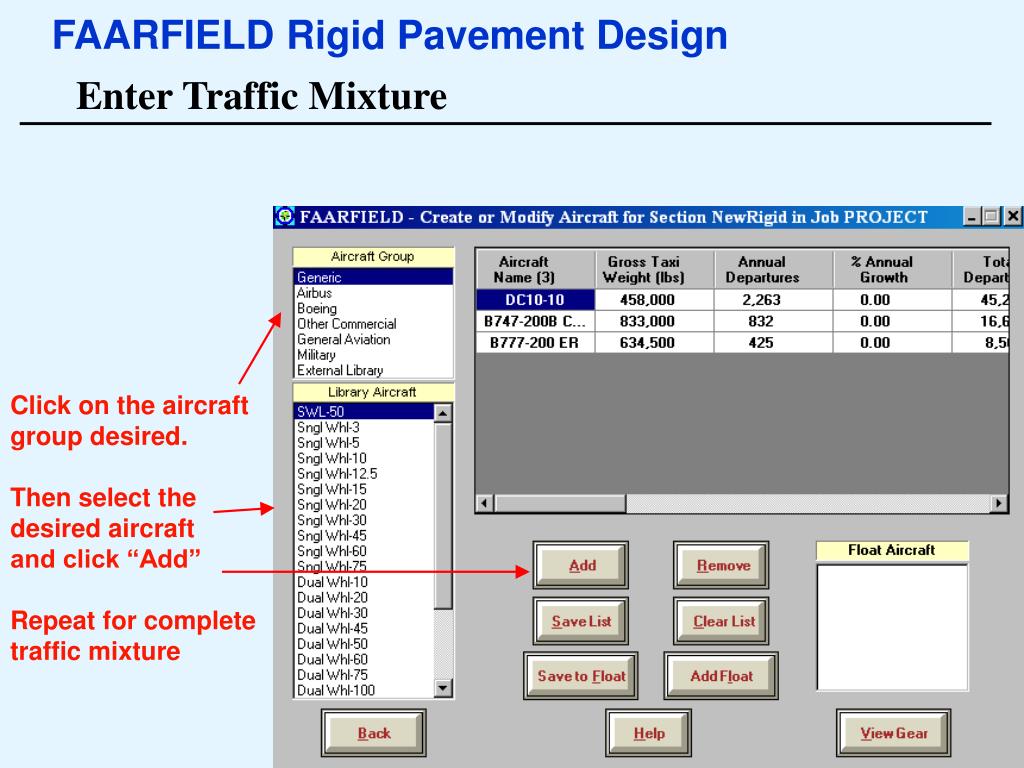

Sidewalk, a walkway along the side of a road, in American English ("pavement" in British English and Philadelphia dialect).Pavement (material), the durable surfacing of roads and walkways ("road surface" in British English).to cover or lay (a road, walk, etc.) with concrete, stones, bricks, tiles, wood, or the like, so as to make a firm, level surface.a paved surface, ground covering, or floor.LEDFAA 1.3 (see below for latest changes) remains the required design procedure for airport pavements intended to handle triple-dual-tandem (TDT) aircraft, including the B-777 and A380. As part of this change, AC 150/5320-16 was cancelled and its provisions were incorporated into a new chapter 7 of AC 150/5320-6D. On October 22, 1995, the FAA Office of Safety and Standards, AAS-1, issued a new FAA Advisory Circular AC 150/5320-16, which implemented LEDFAA as a new standard for designs of airport pavements intended to serve the Boeing 777 airplane.Ĭhange 3 to FAA AC 150/5320-6D (May 2004) allows LEDFAA (version 1.3) to be used as an FAA alternative design standard for all pavement thickness designs, not just those intended for B-777 traffic.

The comments and recommendations received during the Beta test phase were incorporated into the initial release of the program (LEDFAA 1.2). Pre-release Beta testing of LEDFAA was completed in November 1994. Once all required input values are specified, the design thickness of the airport pavement is automatically computed. The program minimizes user input variables and contains built-in error checking procedures on all the input values to minimize operator errors. This program automates the LED procedures and provides design engineers with user-friendly graphical interfaces. To ease the difficulties of implementing the LED procedure, and to empower design engineers with the required computational tools to perform the numerical computations, the FAA developed the LEDFAA program package. Therefore, the FAA decided to implement the LED procedure as a new standard for designing airport pavements intended to serve the B-777 airplane. At the same time, LED better predicts the wheel load interactions for the B-777 because the landing gear configurations and layered pavement structures can be modeled directly using the LED procedure. The results of this feasibility study demonstrated that the LED procedure for flexible (asphalt) pavements produces pavement designs that are compatible with conventional FAA design procedures for existing aircraft types. LEDFAA developed out of a 1993 FAA-sponsored feasibility study of Layered Elastic Design (LED) methods for airport pavements. To better predict wheel load interactions and to provide the airport community with a pavement design methodology addressing the needs of the B-777 aircraft, the FAA in 1995 introduced the design program called LEDFAA. These design charts were developed for many types of common aircraft gears, but they cannot accurately assess damage to airport pavement structures due to complex gear loads such as the B-777 and A380. The pavement thickness design charts (nomographs) in FAA Advisory Circular AC 150/5320-6D have been used successfully for the past 30 years. Complex wheel load interactions within pavement structures contribute to premature failure of the pavement structures, and must therefore be considered in pavement design analyses. The complex gear loads applied to airport pavements by these new aircraft types are quite different from the loads applied by the older generation of commercial airplanes.

The 1.3-million-pound Airbus A380, which will enter commercial service in 2006, has two six-wheel body gears in addition to two four wheel wing gears, for a total of 20 wheels in the main gear assembly. The next generation of large civil aircraft is expected to include models that will weigh up to 1.7 million pounds and have complex, multiple-wheel, multiple truck landing gear systems. The Boeing B-777-ER, which entered commercial service in June 2004, has only two six-wheel landing main landing gears to support a gross weight of up to 750,000 pounds.

National Airport Pavement & Materials Research Center.National Airport Pavement Test Facility.


 0 kommentar(er)
0 kommentar(er)
